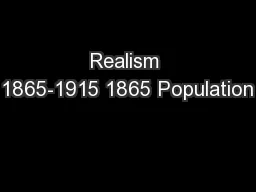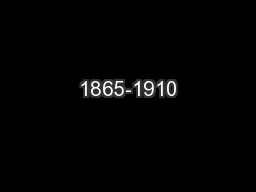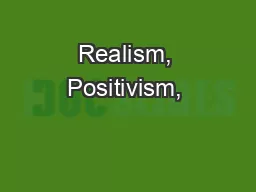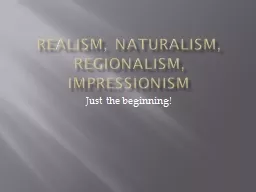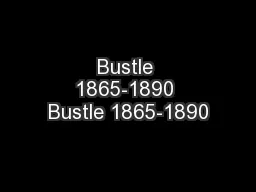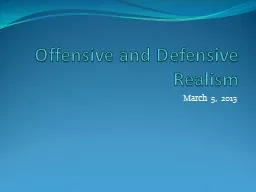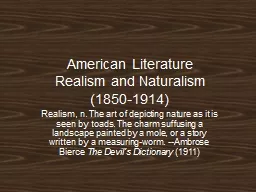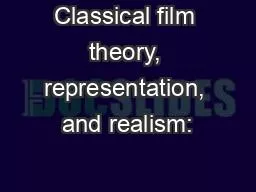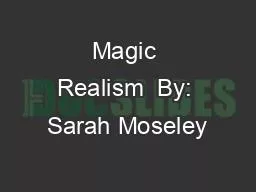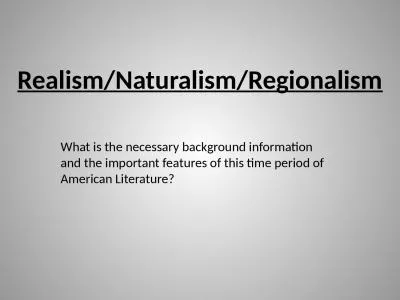PPT-Realism 1865-1915 1865 Population
Author : mitsue-stanley | Published Date : 2018-10-23
35 Million 1915 Population 100 Million Exploration and Exploitation America has passed its greatest test Emerges with newfound confidence Westward Expansion Homestead
Presentation Embed Code
Download Presentation
Download Presentation The PPT/PDF document "Realism 1865-1915 1865 Population" is the property of its rightful owner. Permission is granted to download and print the materials on this website for personal, non-commercial use only, and to display it on your personal computer provided you do not modify the materials and that you retain all copyright notices contained in the materials. By downloading content from our website, you accept the terms of this agreement.
Realism 1865-1915 1865 Population: Transcript
Download Rules Of Document
"Realism 1865-1915 1865 Population"The content belongs to its owner. You may download and print it for personal use, without modification, and keep all copyright notices. By downloading, you agree to these terms.
Related Documents

